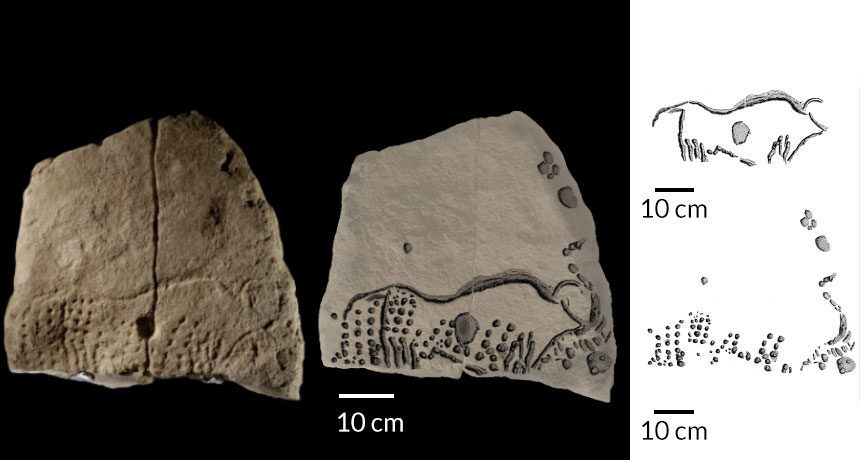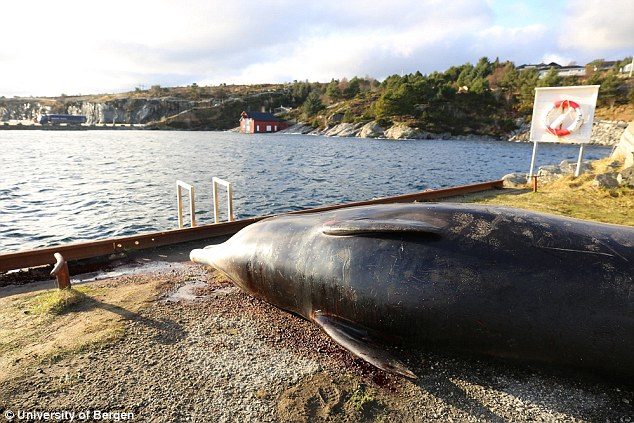
© Science NewsA mite-virus alliance attacks bee populations.
already contending with a startlingly long list of existential threats, researchers said Wednesday.
Spread by microscopic mites, the microbe disrupts bees' foraging and curtails their lives, experiments confirmed for the first time.
"Deformed wing virus strongly reduced the chances for workers to survive to foraging age," scientists reported in the Royal Society journal Proceedings B [sic][
Proceedings of the Royal Society, Series B]. It also "reduced the life expectancy and total activity span" of infected bees, they found.
Bees around the world -- especially in Europe and North America -- have been decimated in recent years by a mysterious blight called
"colony collapse disorder", in which entire populations disappear or die out. Research has pointed an accusing finger at
agricultural pesticides, viruses, fungi, parasites, malnutrition because of fewer flowers -- or some combination of the above.
More than just the survival of the bees is at stake. Scientists recently calculated that
1.4 billion jobs, and three-quarters of crops, depend on pollinators, mainly bees. All told, there are some 20,000 bee species that fertilise more than 90 percent of the world's 107 major crops. At the same time, the United Nations estimates that
40 percent of invertebrate pollinators -- mostly bees and butterflies --
are at risk of extinction.


Comment: See also: Rare high Arctic gull turns up in Half Moon Bay, California